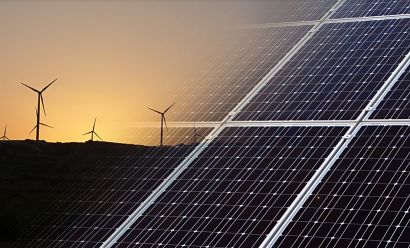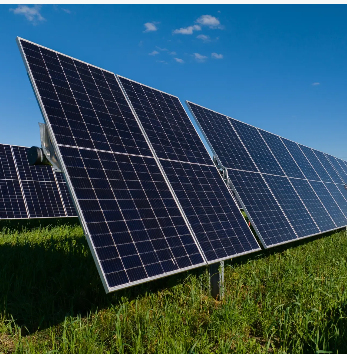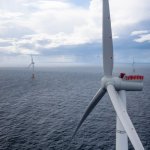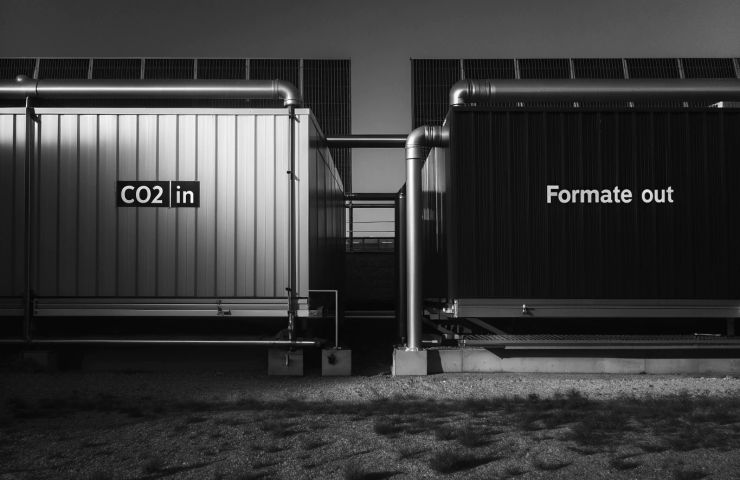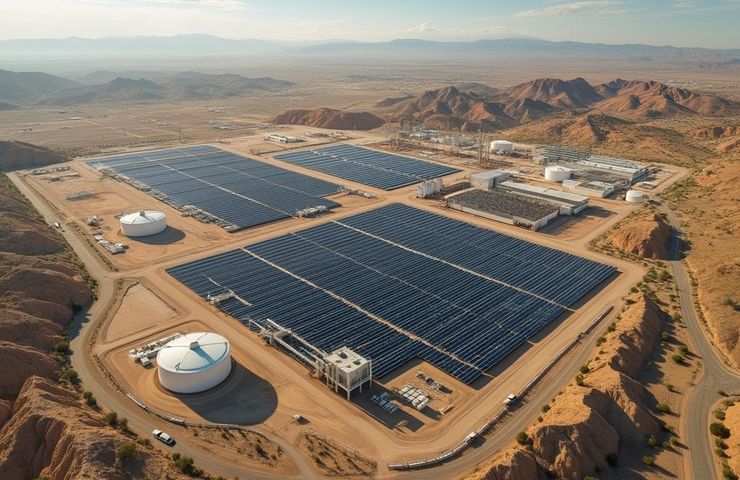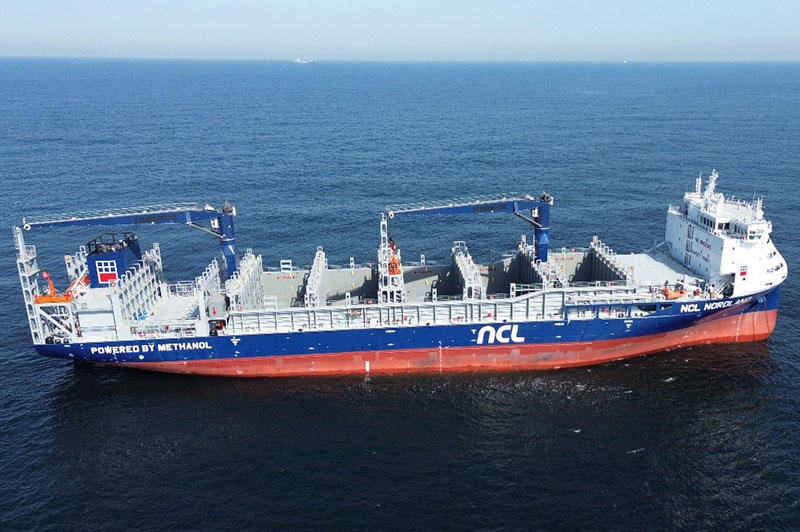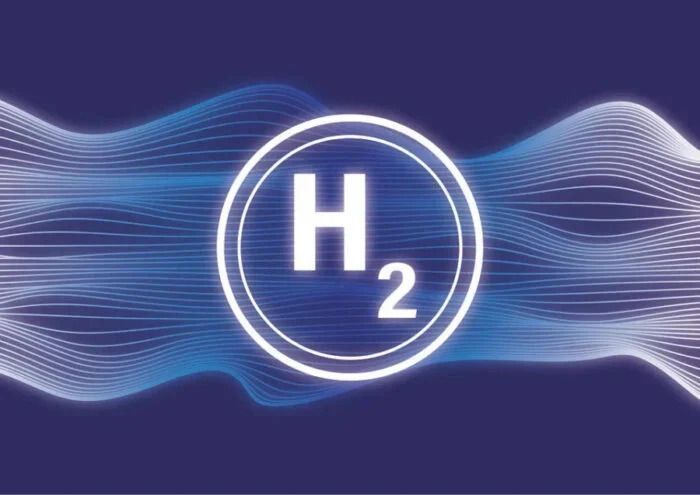How to find optimum PV placement in mountain regions
Switzerland’s WSL Institute for Snow and Avalanche Research (SLF) is investigating how solar yield can be optimized in snow-covered terrain. It is envisaged the results will help to place PV systems on mountains so they make use of light that is reflected from neighbouring slopes.
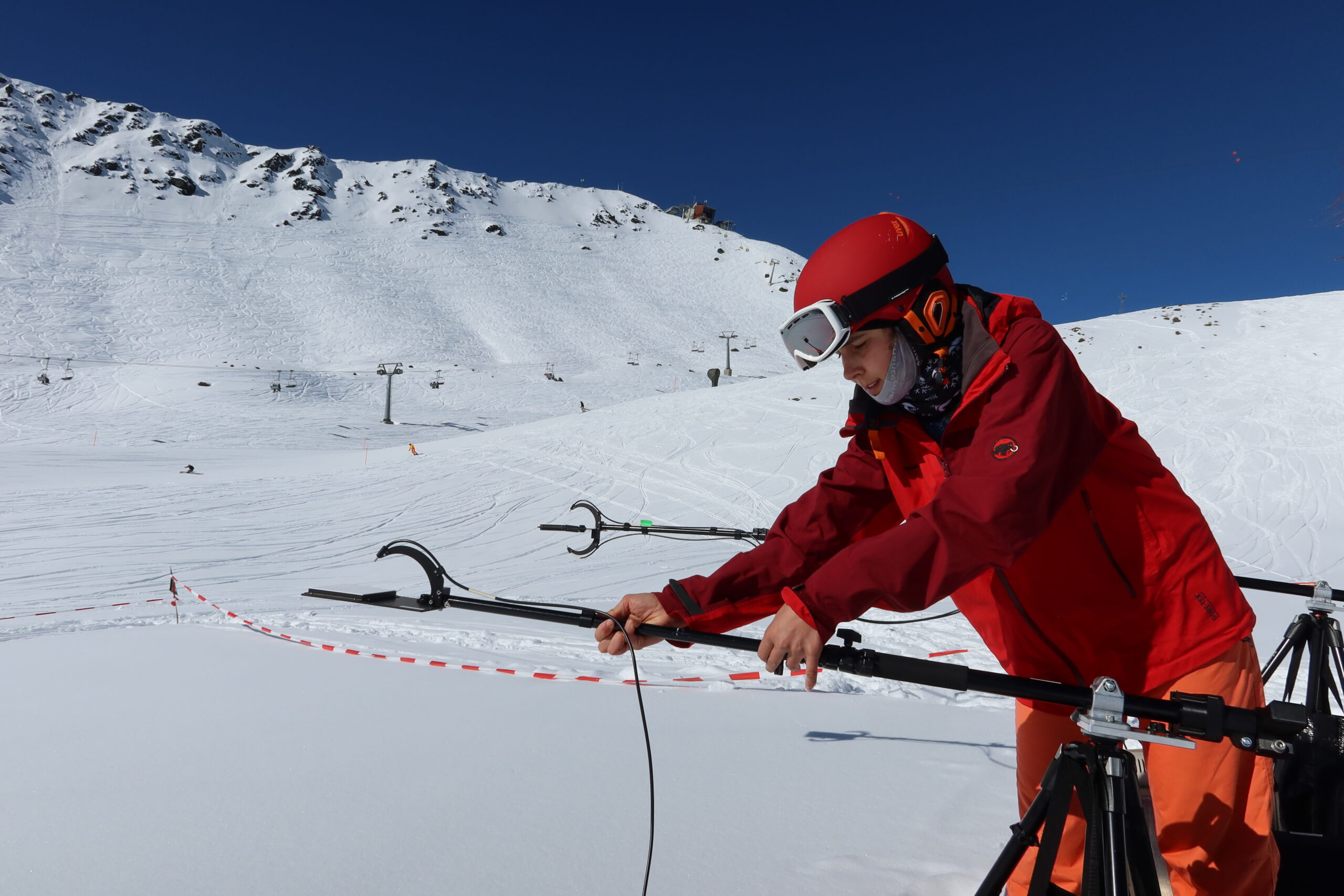
Switzerland’s WSL Institute for Snow and Avalanche Research (SLF) is investigating how solar yield can be optimized in snow-covered terrain. It is envisaged the results will help to place PV systems on mountains so they make use of light that is reflected from neighbouring slopes.
A research project in Switzerland is working to determine where and how solar modules can be best positioned in mountain regions in order to generate as much electricity as possible.
The investigation is being carried out by the WSL Institute for Snow and Avalanche Research (SLF), with PhD student and researcher Anja Mödl leading the work.
Working in the Meierhof region of eastern Switzerland, Mödl is using sensors that can record wavelengths of between 340 and 2,500 nanometres to measure both the incoming sunlight and the sunlight reflected by the snow.
Image: Anja Mödl/Jochen Bettzieche/SLF

In mountainous regions, most of the sunlight that snow reflects is projected onto other slopes, which in turn reflects the sunlight again. As the snow surface reflects different wavelengths to different extents, the light spectrum changes with every reflection.
The research highlights that the intensity of certain wavelengths becomes stronger over time than in the initial, incoming sunlight. Mödl says she is aiming to find out how the spectra differ in different locations such as south-facing slopes, north-facing slopes and those in between.
These findings would help to optimize PV system locations by ensuring the installation makes use of the light reflected from neighboring slopes, allowing them to generate more electricity in winter months.
Mödl explained the data collected so far will be analyzed over the summer, in comparison to data from model calculations.
To date, Mödl has been taking measurements around the middle of the day, on days where there is no cloud cover. But she emphasized that to reach sound conclusions, data will need to be recorded under a range of conditions, meaning the project will continue again next winter.
Last year, other SLF researchers used drones to measure the depths of snow in an area where a solar park was planned to be located.
Research from ETH Zurich last August investigated the financial viability of alpine PV projects in Switzerland.
What's Your Reaction?

















